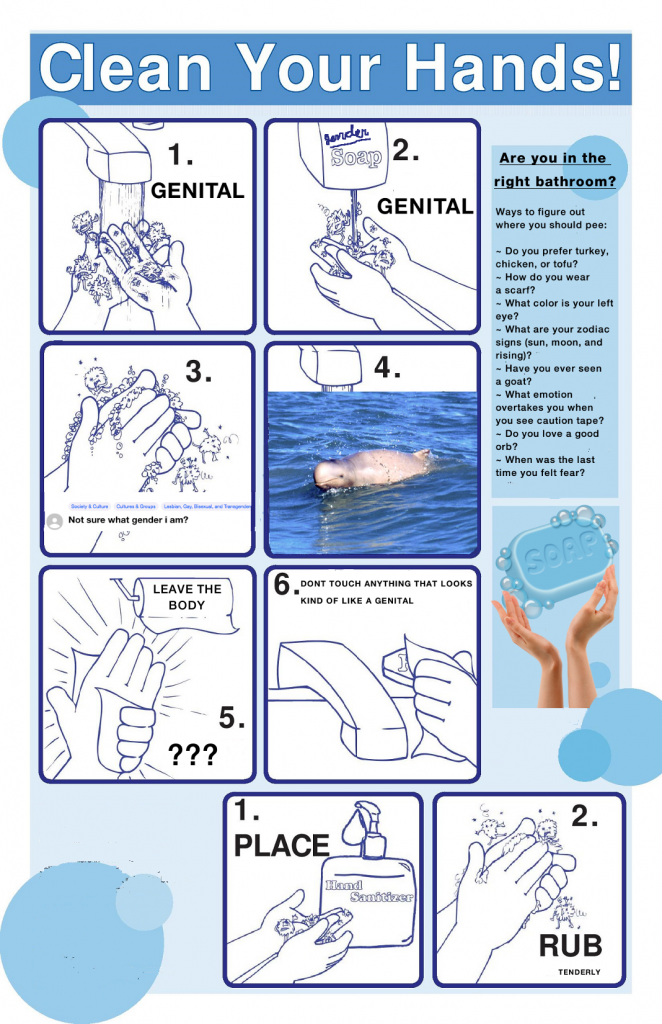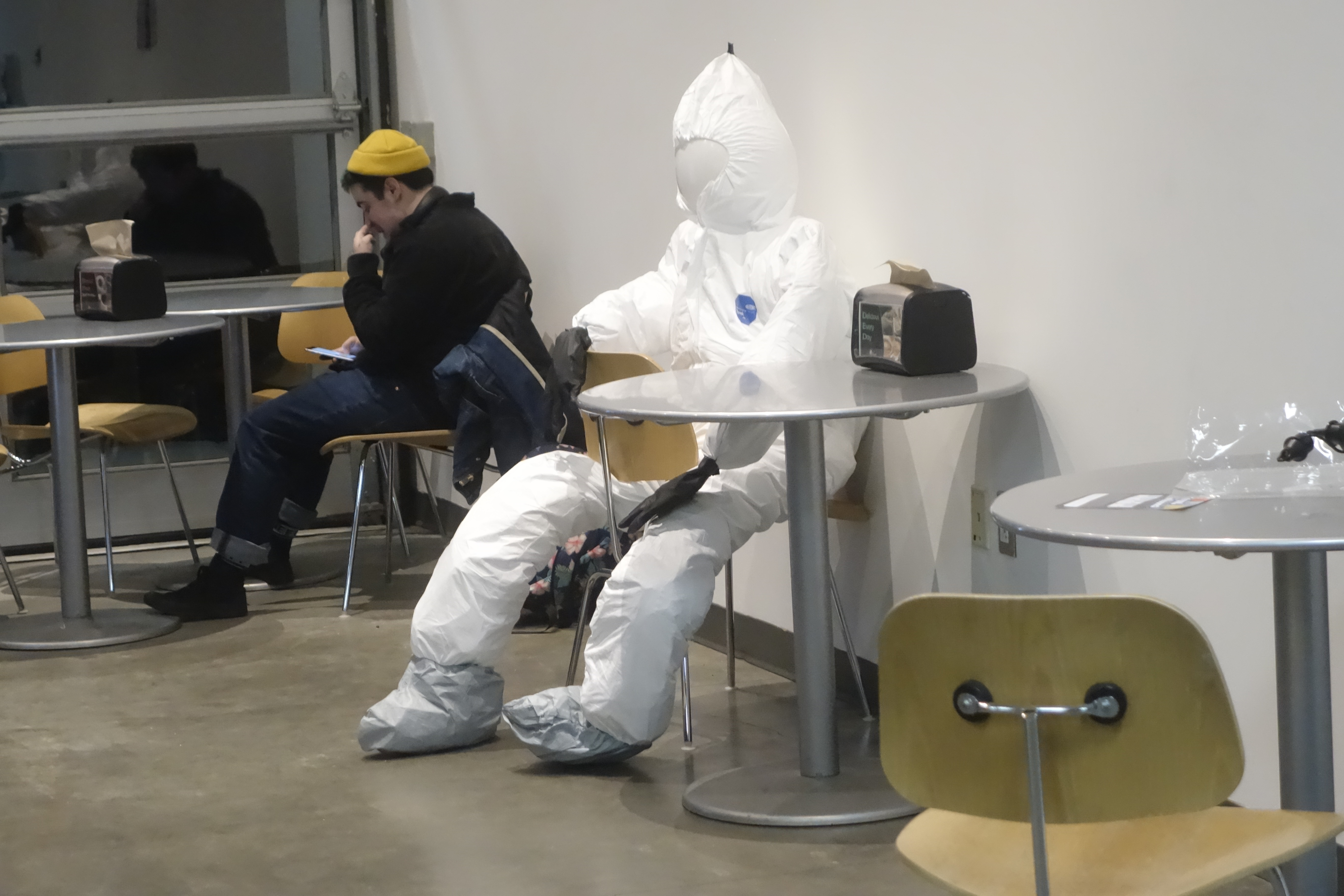This project began very sensitive; I wanted to discuss sexual assault and harassment on campus, which is quite personal to me. I came at the project initially from a point of anger, and conceptualized a piece where I would use polaroid pictures of places on campus to insinuate the viewer in the situation. I wanted to make it uncomfortable to be a bystander not doing anything. After a lot of discussion and thought, it became clear that the project needed to take a different form. I hadn’t consider that the piece would be upsetting to other people who have been assaulted and harassed on campus, and that it wouldn’t only be seen by those perpetuating the abuse or disaffected onlookers.
So I abandoned the polaroids, but I held on to the idea of gendered harassment, as it felt too important not to tackle. I spent a lot of time trying to figure out how I could appeal not only to the bystander and the perpetrator, but also to the affected parties, and how I could accomplish projecting a message that would be understood differently by different people. I looked a lot at Jenny Holzer’s work, and the ways that she abstracts ideas slightly into phrases and places them innocuously but obviously. The idea of humor was important in conceptualizing the form the piece would take, but ultimately abstraction became the most important element.
I decided on posters, instructional, in the vein of the CPR instructional charts posted in school cafeterias. The gendered bathrooms in Heimbold seemed the perfect place for the project – the concept of a gendered bathroom is loaded politically and emotionally, and even a public bathroom of any kind can be extremely anxiety-inducing for someone who experiences sexual harassment.
I found a hand-washing instructional poster and removed most of the text, finding the images useful for evoking the images of paranoia experienced both by those fearing harassment and those who are overly concerned with the genders of the people they share a bathroom with. I tried to draw attention to the ridiculous amount of thought people put into the gender of those around them and how that relates with their own gender – an angle I felt would be sympathetic enough to not be triggering for anyone but would still have the potential to cause someone to reflect on their own thoughts and actions.
The actual process of installation terrified me – when I considered the placement of my piece, I put aside my own fears surrounding gendered and public bathrooms, but ultimately I was able to install. It was a positive experience, and gave me space to think, in relation to my project, about the arbitrary distinctions of spaces that are closed off by gender and class. The social constructions are baked in to the space, but that makes it easier to hijack.



